What format should you sell your eBook in? (+ benefits of each)

Thanks to the rapid rise of digital publishing, the number of eReaders is expected to hit 15% by 2026. So, if you’ve been looking for a way to make money online in 2024, then selling digital products like eBooks is your best chance to generate passive income.
But, before you can start your new business venture, you will first need to choose an eBook file format. With so many different digital book format options, how do you know which one is the best choice for you and your eReaders?
To help you out, I’ve put together a brief comparison of eBook format for you! We’re going to take a look at the most popular formats, and then share the pros and cons of each. Ready? Let’s dive in!
What are the 3 most popular eBook formats?
While there are many file formats, most eBooks will use the EPUB, MOBI, or PDF format. These are the top three most popular formats, so let’s take a look at the pros and cons of each file format.
1. EPUB
Released in 2007 by the IDPF, the EPUB format is short for electronic publication and uses the e.pub file extension. It is by far the most popular format for self-publishing authors.
This eBook format is supported by many software applications and digital devices: tablets, smartphones, computers, and other eReaders. The only eReader it doesn’t work with is Kindle.
EPUB also supports the latest versions of CSS, HTML, SVG, and embedded audio, video, and interactivity. It can store images, stylesheets, words, fonts, and other tables of content.
Moreover, screen size doesn’t affect the formatting as reflowable EPUB files can display content on any screen size.
However, if you want to use a special eBook design, then there are non-reflowable (fixed layout) EPUBs, which support Javascript and even have a read-aloud feature that works with a voiceover.
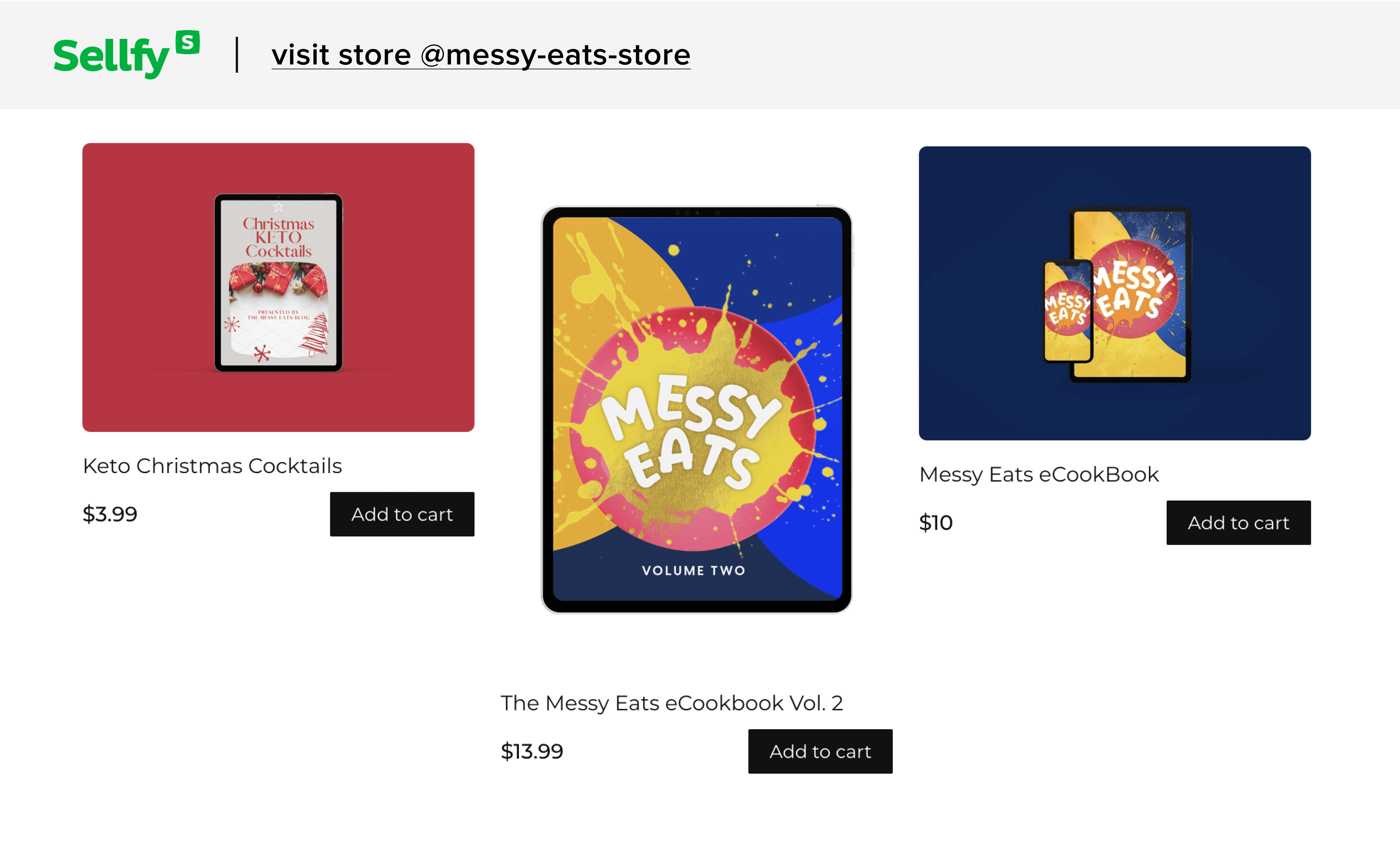
The pros:
- Digital rights management (DRM) capabilities
- Possibility to switch to ZIP extension
- Open & flexible XML format
- Possibility to convert to PDF & other file formats
- Works with any screen size
- Compatible with all devices except Amazon Kindle
- Supports Javascript
- Possibility to use a fixed design layout
- Read-aloud feature
The cons:
- Incompatible with Amazon Kindle
- Incompatible with the new Microsoft Edge (Chromium)
2. PDF
Developed by Adobe in 1992, PDF is short for Portable Document Format and uses the .pdf file extension. As one of the oldest and most well-known digital formats in use, it is the go-to format for most publishers and consumers.
Although technically, PDFs are digital printed documents and not proper eBook files, they can still be sold as eBooks.
Another major difference between PDFs and other eBook formats is that PDF files aren’t reflowable. This means that their layouts are fixed and won’t adapt to different screen sizes, which can make them challenging to read.
But, despite that, PDF files continue to be popular thanks to their incredible ease of use. They’re also compatible with all devices except Kindle and are very easy to distribute.
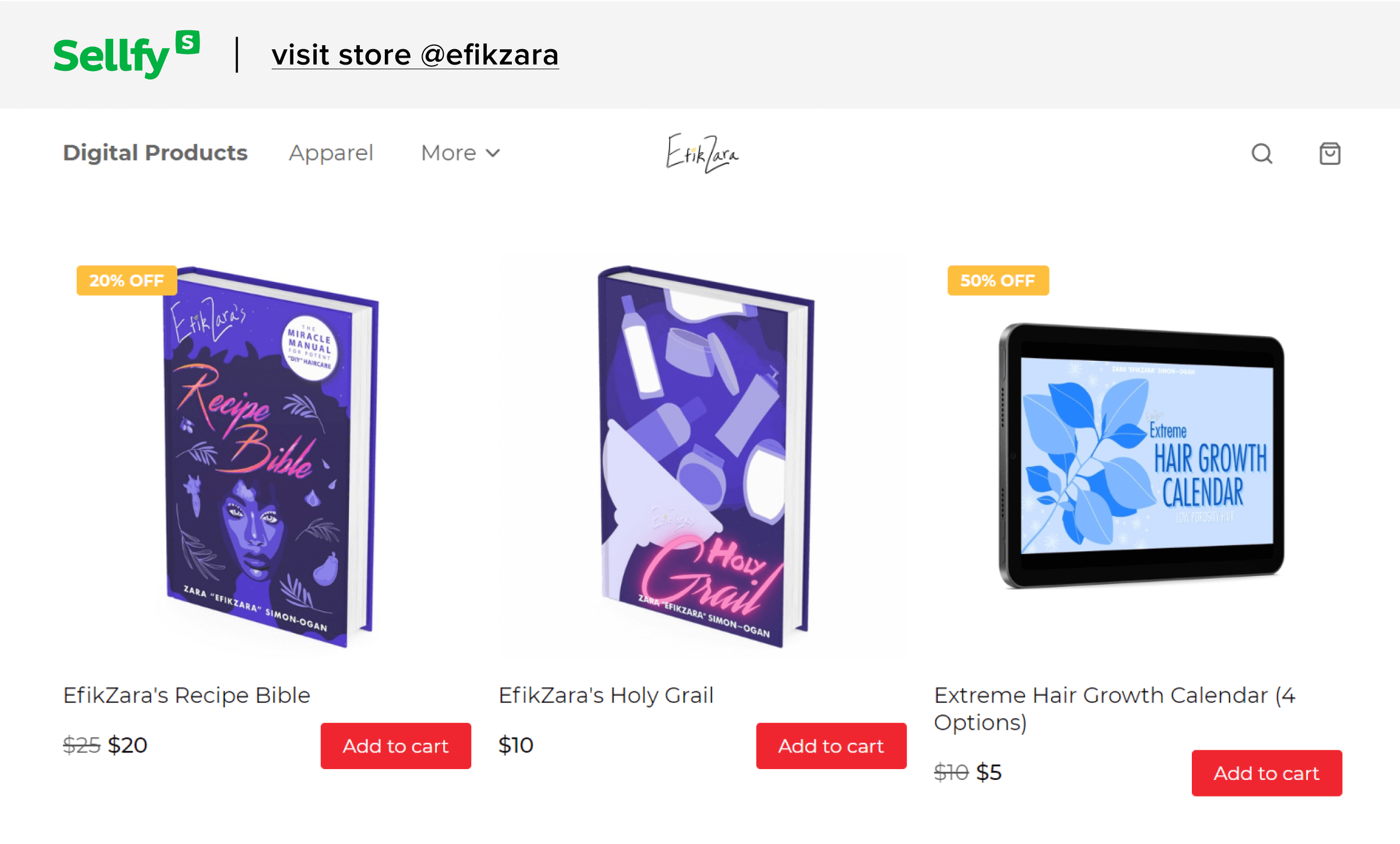
The pros:
- Maintains fixed designs & formats
- Easy to distribute
- Digital rights management (DRM) capabilities
- Ability to store complex content
- Supports HTML & CSS
- Compatible with most devices
The cons:
- Limited interactivity
- Not readable on smaller screens or devices
- Incompatible with Amazon Kindle
- Only possible to edit with PDF editing software
3. MOBI or AZW
Introduced in 2000 by Mobipocket, the MOBI format is short for Mobipocket eBook and uses the .mobi file extension. Nowadays, it is more widely known as the AZW (or Kindle) file format. AZW files are exclusively used by those who are interested in Amazon’s Kindle Direct Publishing.
Kindle files support different layouts, fonts, and styles. They also support annotations, highlights, and bookmarks. So, as you can see, they can easily store complex content. However, there’s one downside—they’re only compatible with Kindle devices.
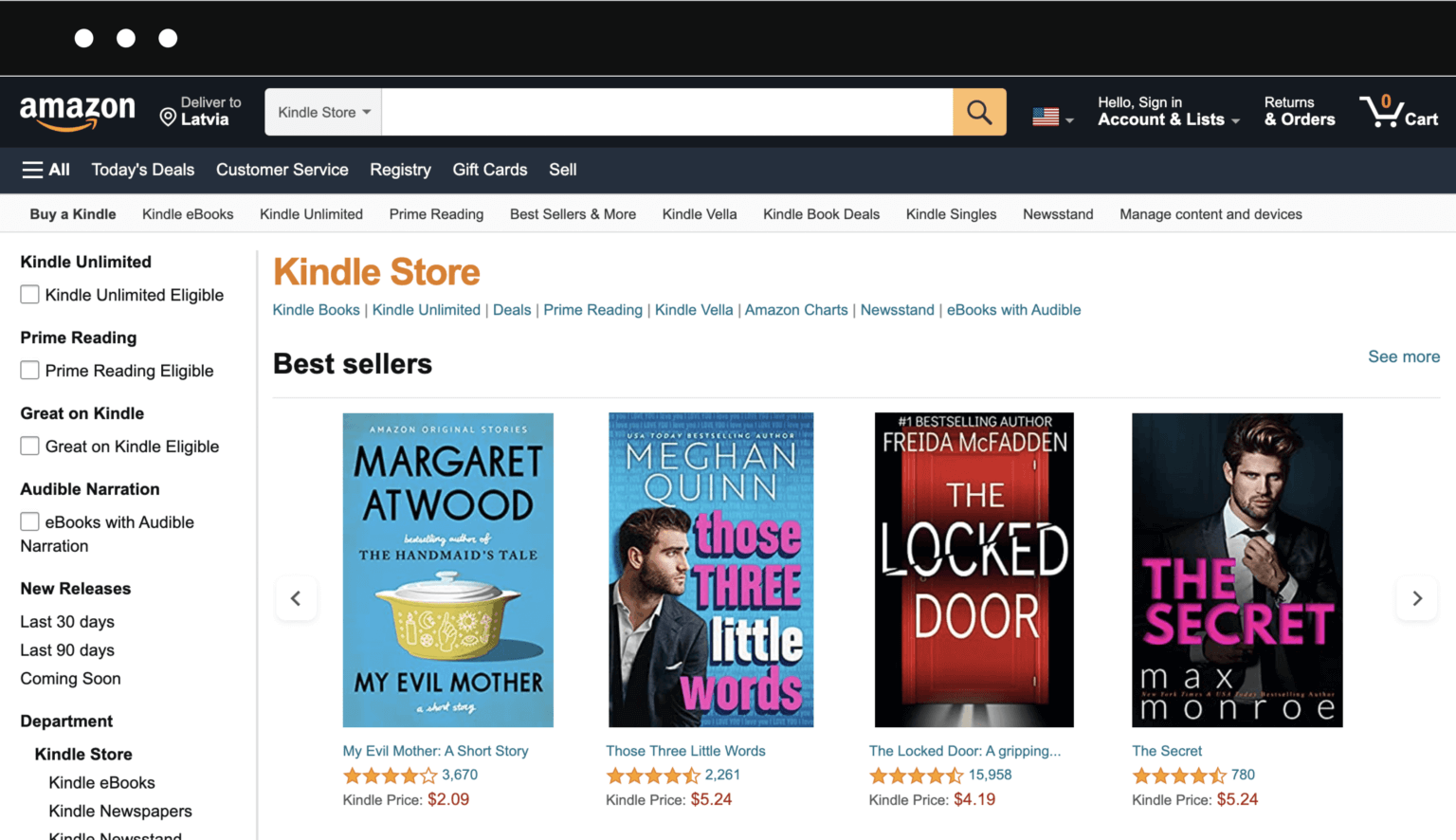
The pros:
- Great for devices with low bandwidth
- Digital rights management (DRM) capabilities
- Ability to store complex content
- Supports advanced layouts, fonts & styles
- Supports HTML & CSS
The cons:
- Only compatible with Amazon Kindle devices
- Only accessible from the Amazon online bookstore
So, what’s the best eBook format? EPUB, PDF, or MOBI/AZW?
It generally depends on your target audience and where you want to sell. For example, if you’re planning to sell on Amazon, then you should probably go for MOBI or AZW.
But, it’s worth keeping in mind that out of all the different file formats, the EPUB file supports more eReaders and devices than any other file format.
It is also the most versatile and flexible format in terms of design and readability—you can choose whether you want to keep a fixed design or a reflowable layout.
In addition, EPUB files are easily readable on any device. So, if your target audience includes people of all ages, then the EPUB format is the safest choice as it accommodates every eReader.
Besides EPUBs, you can also sell PDFs if you’re planning to distribute directly on your site or online store. EPUBs and PDFs are both widely recognized and easy to understand for most people.
And, the good news is that if you sell with a platform like Sellfy, you can even get PDF-stamping to help you protect your intellectual property further.
How to create and sell eBooks with Sellfy
Now that you know the pros and cons of each file format, and which one is the best (or safest), you’re probably wondering:
How can I start selling eBooks online?
So, if you’ve been looking for an easy-to-use eCommerce platform, then you’ll absolutely love Sellfy.
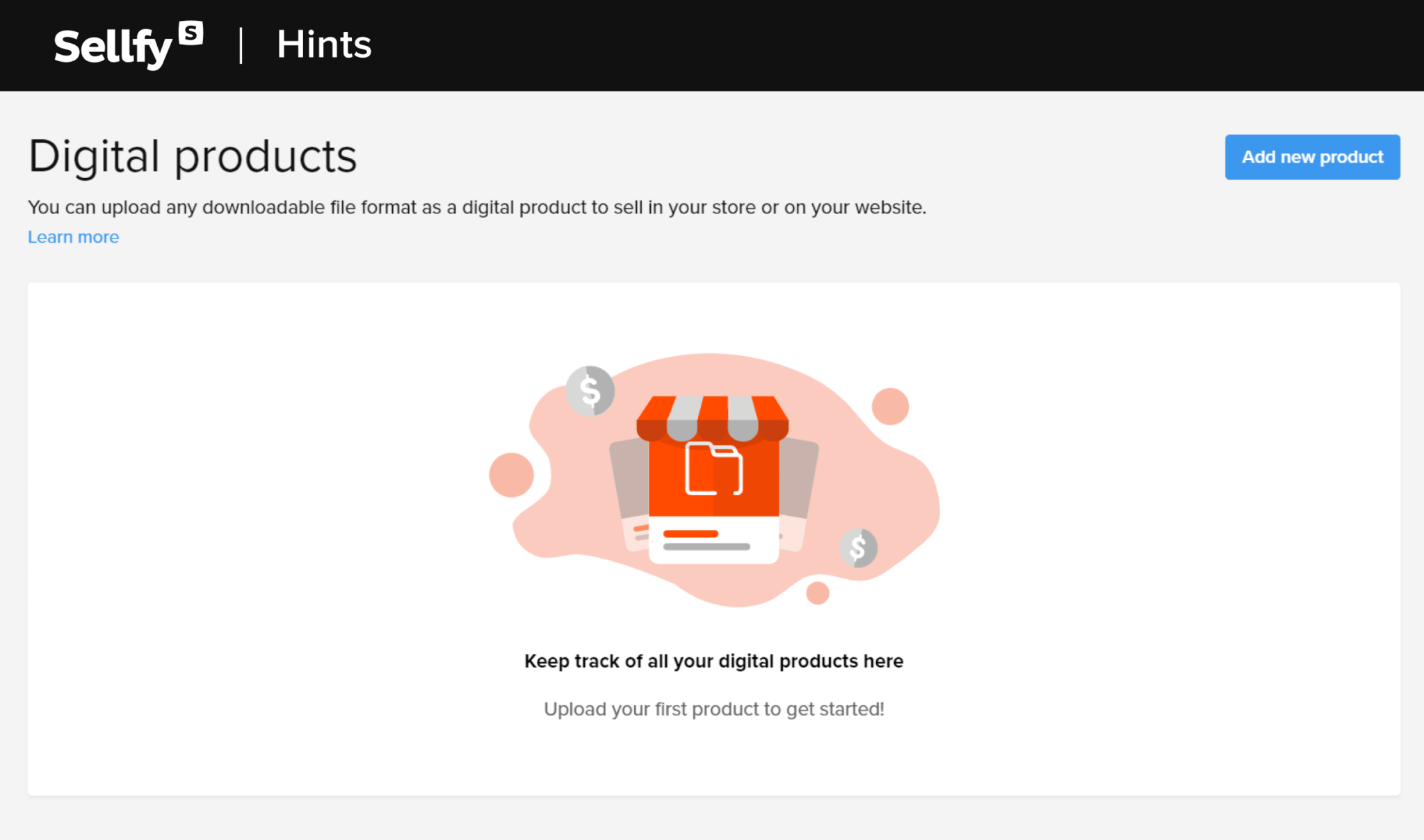
Here’s why:
- Top-notch file security & protection
- Supports EPUB & PDF files
- PDF-stamping availability
- Unlimited bandwidth & file storage
- Built-in marketing tools
- Automatic file delivery
- Fully customizable storefront
- Mobile-first design
- No hidden monthly fees
- 24/7 customer support
- Advanced VAT & tax settings
- Multiple payment options
- Instant payouts
Here’s how to sign up for Sellfy and sell your own eBook:
- Start a 14-day free trial before you choose a subscription plan (Starter, Business, or Premium). You don’t need anything but a valid email address.
- Customize the look of your online store by choosing one of Sellfy’s premade themes, or create a unique design from scratch with our Store Customizer tool.
- Upload your eBook, set a price, hit Save product, and your eBook will be live in your Sellfy store!
Optional: connect or embed the eBook on your website
If you already have your own website, you can connect your domain or use one of our Embed options to integrate the Sellfy checkout, specific eBook products, or the whole store into your existing website:
- Buy now button—allows you to add a call-to-action button that can be paired with your own site design, product images, and description.
- Single product—allows you to feature a single product along with the description, Buy now button, and uploaded images. You can customize it on Sellfy and embed the code on your site.
- All products—allows you to add the whole Sellfy storefront with all of your t-shirts to your site.
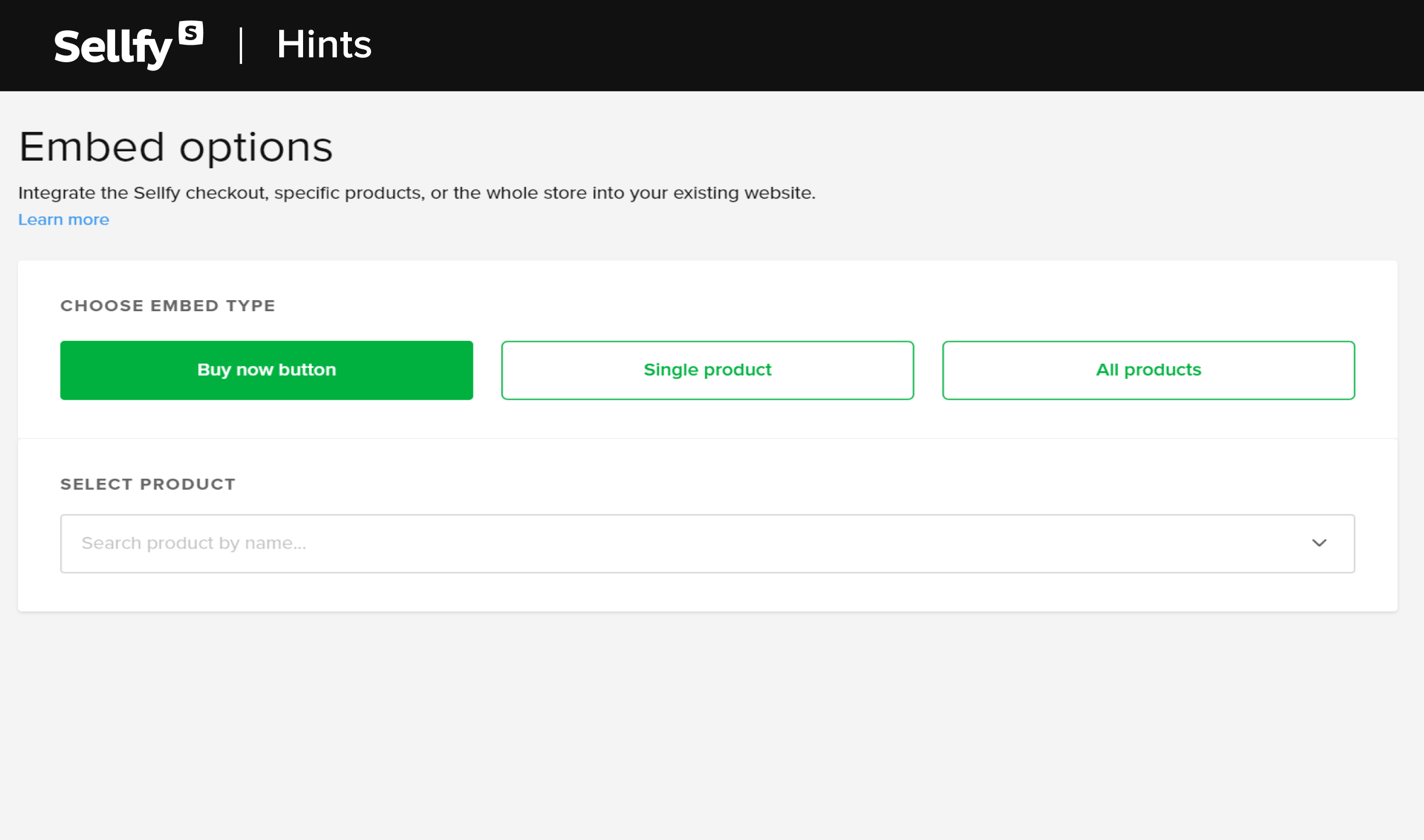
And last, but not least: create an awesome eBook cover!
To ensure a successful eBook launch, you need to have a kickass eBook cover. Not sure how to design a cover? No worries! There are plenty of resources available for you to use. For example, you can use My Ecover Maker or one of the following:
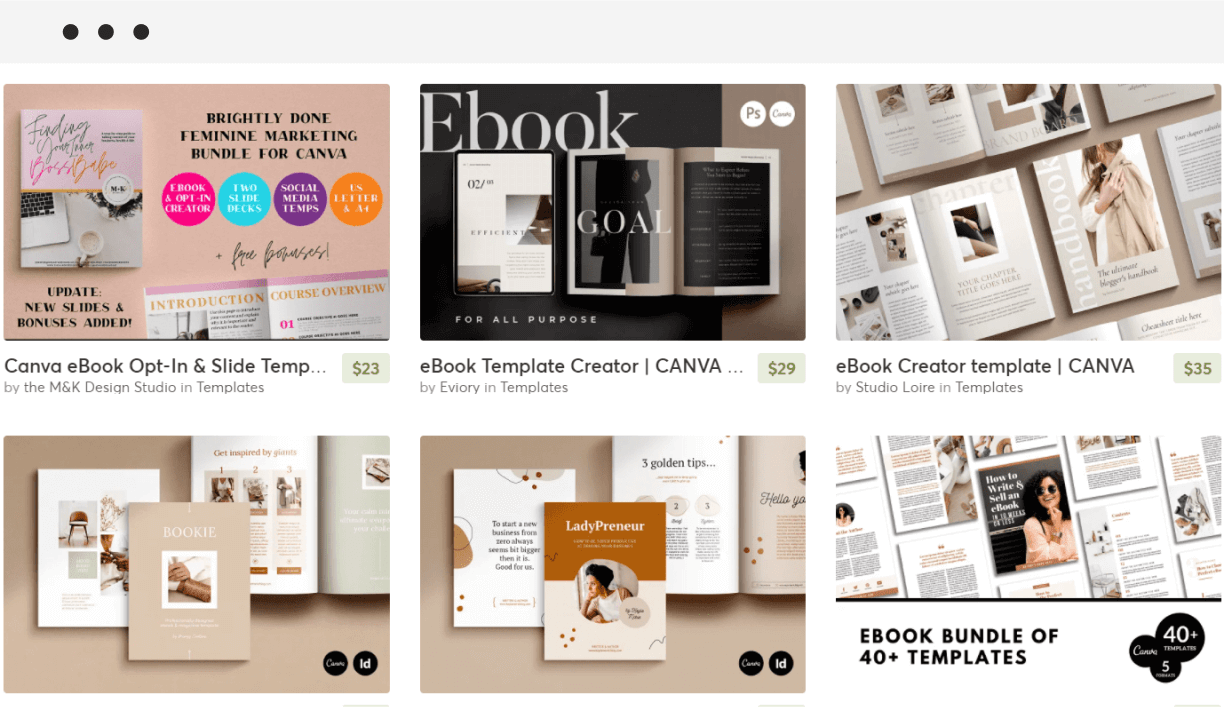
A lot of eBook cover designs come with PSD (Photoshop) files, which means that you can apply changes to the provided book cover. But, keep in mind that it’ll only work if you have Photoshop and know how to use it.
If you don’t have Photoshop, then using a free tool like Canva is by far the easiest solution. Canva offers a great selection of eBook cover templates. Alternatively, you can also check out Beacon or Microsoft Office.
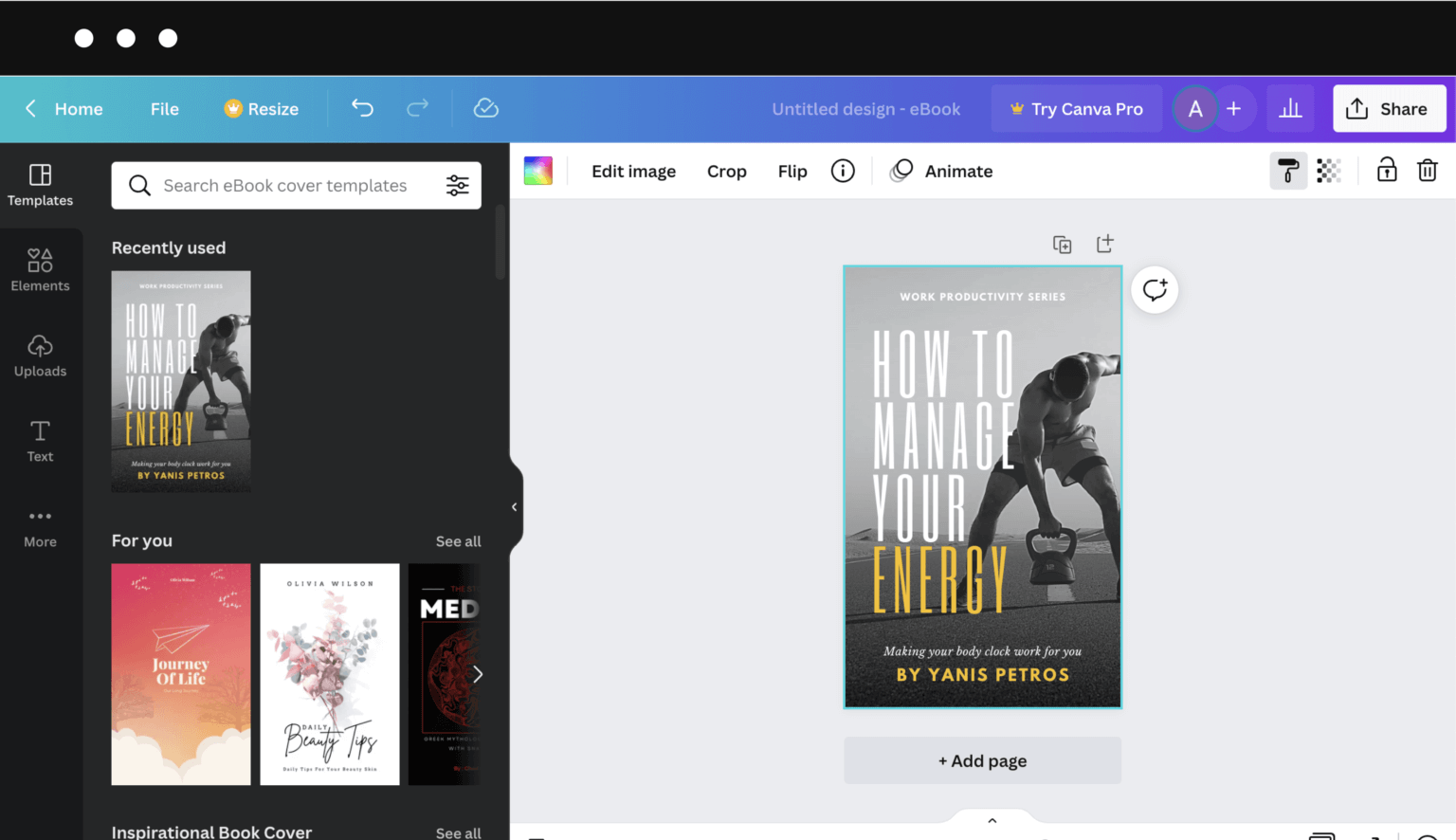
To find out more about how to design an eBook, head over to our article on 8 free and paid ways to create a kickass eBook cover.
What are some of the most effective eBook pricing strategies?
Now that you have a Sellfy store and a plethora of eBook cover design resources, we can move on to the next thing: product pricing.
Writing and designing your own eBook can lead to additional costs such as design or proofreading services. So, if you underprice your product, you’re not going to earn enough.
On the other hand, overpricing your product can discourage people from buying. So, how do you strike the right balance?
Well, one of the most common strategies is average market pricing. This will put you in the same category as your competitors. Your product will be neither cheaper nor costlier than the average pricing for an eBook.
It’s a relatively safe choice for targeting a large audience that buys at the average market value, but also tougher because it’ll set you up against competitors.
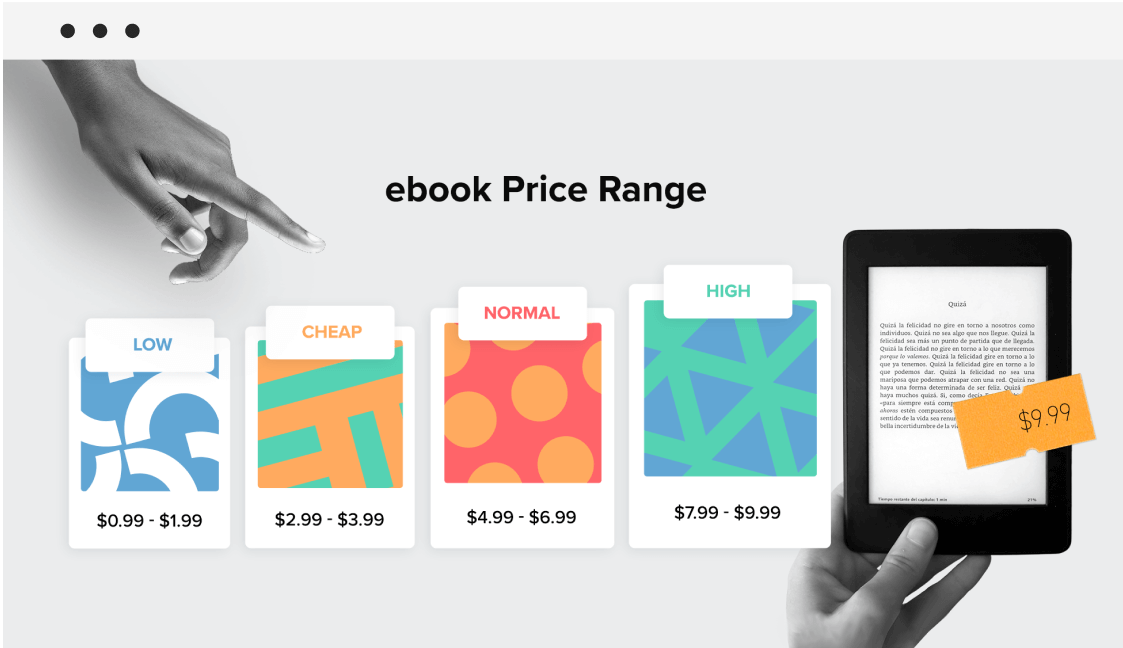
A far more effective strategy is to price your eBook above or below the market average:
- Increase your product value, but keep the average price to set it above the market average. For example, you can add a bonus freebie. This will make your eBook more enticing.
- Decrease your product price, but keep the quality to set it below the market average. For example, let’s say the average eBook price is around $10. You can decrease it to $8-9 to gain more customers. But, keep in mind that this strategy isn’t likely to be profitable in the long term. Our article on pricing strategies explains why.
Another great strategy that you can try is discount pricing. With discount pricing, you set a higher price for your eBook than the average market price and then launch occasional sales. You can use this method during the holiday season when people are more likely to shop online.
Ready to make money selling eBooks?
Now that you know all the pros and cons of each eBook file format, you can choose what suits you best and start selling! All it takes is a Sellfy store, a little bit of marketing, and smart product pricing, and you’ll surely be on your way to earning passive income.
To learn more about selling products with Sellfy, make sure to check out our blog for some useful tips and tricks. Good luck with your profitable business venture!






